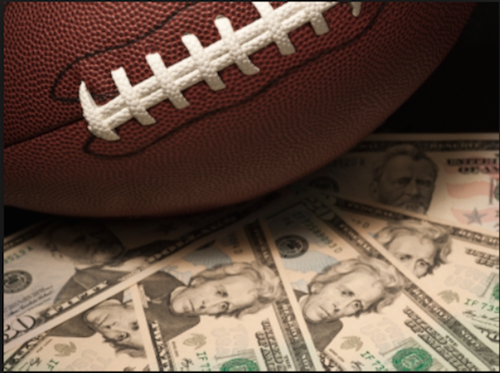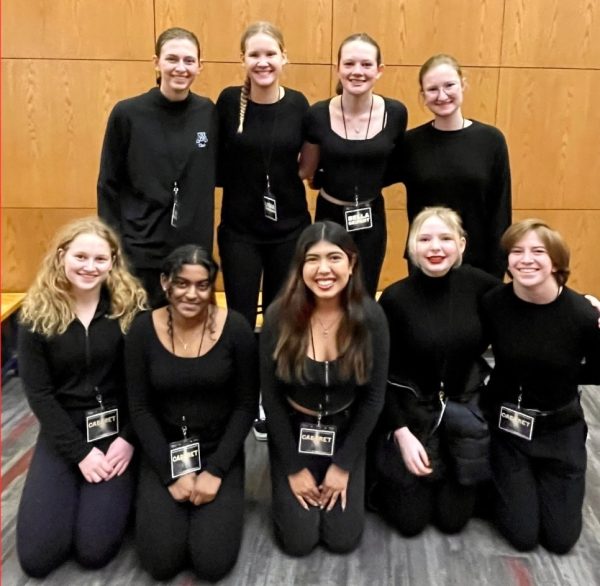The Money Bowl

google.com
February 1, 2015
I am the last person you’d expect to watch a football game. I can’t tell you the difference between a quarterback and Nickleback. But I can tell you this: I watch the Super Bowl commercials. That makes me part of the 78% of people who report watching the Super Bowl for the ads, feeding a growing market for companies to pour their advertisements into our household televisions.
But let’s get the facts:
- The average cost of a 30 second Super Bowl commercial is around 4 million dollars.
- That amounts to $133,333 per second of airtime.
- Super Bowl ads cost seven times more than the second most expensive airtime.
- Every year since 2011, the Super Bowl has become the most watched event in television history.
- In the 2012 Super Bowl, 15% of advertisers invested one tenth of their company’s yearly budget for media advertising
Clearly businesses are willing to dish out the big bucks for Super Bowl ads, and they wouldn’t do so if it didn’t yield a high return on investment. So what makes these ads so valuable?
First of all, the changing atmosphere of the Super Bowl leaves more Americans than ever ready to watch. The concept has been redesigned: it’s no longer about the game alone. Today Americans spend 4 billion dollars on the Super Bowl party food so that even non-sporty people watch the game every year. Trust me; I’d rather be devouring chicken wings than watching football. And even the atmosphere of the commercials has changed. Just follow this link to an archive of Super Bowl commercials dating back to the 70s, and you’ll start to see how the ad agencies have stepped up their game to maximize interest.
Secondly, social media’s growth continues to shoot up exponentially. People aren’t just watching the ads during the game; they’re spending hours procrastinating at work the next day by perusing the myriad “Top 5 Super Bowl Ad” articles. A company that advertises in the Super Bowl would spend about $26 per real time viewer, which could hardly pay off. But after the Super Bowl ends, Facebook, Twitter, and YouTube will pick up their ad again at no cost to the business.
Finally, the multiplying number of channels has thinned the market for TV advertising. Forty years ago, advertising on TV meant you chose between one of the three network channels; one ad could reach 1/3 of television viewers. Today, not only do fewer people watch TV in general, but 86% of viewers fast-forward through the ads. It looks like grabbing those 30 seconds of precious Super Bowl advertising might be a company’s last chance to reach consumers the old fashioned way.
So this week when you’re procrastinating by re-watching that hilarious commercial, remember that someone paid big bucks to help you avoid your homework.






























